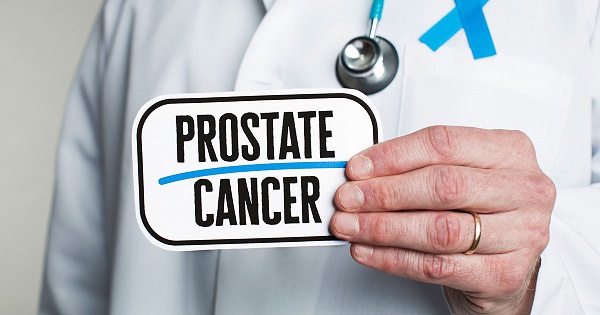The Mirror's Health , Lifestyle and Fashion

What do you know about prostate cancer?
Prostate cancer is the second most common cancer among men, and approximately one man in eight will be diagnosed with prostate cancer during his lifetime.
Advertisement
The prostate is a part of the male reproductive system. It is normally about 3cm long located at the neck of the bladder and in front of the rectum. The prostate surrounds the conduit of urine from the bladder called urethra and produces a milky fluid which adds to the semen mix.
It is the most common cancer in men apart from skin cancer worldwide. Like all cancers, normal prostate cells can undergo a transformation in which they grow and multiply without normal controls, and also differentiate and spread to adjacent tissues.
Almost all prostate cancers arise from the part that secretes the prostatic fluid called the secretory glandular cells. About five per cent of all prostate cancers arise from other cells. Older men commonly have an enlarged prostate, a benign (non-cancerous) condition called Benign Prostatic Hyperplasia (BPH).
Prostate cancer has increased in frequency, due in part to the widespread availability of serum Prostate Specific Antigen (PSA) testing. However, the death rate from this disease has shown a steady decline due to improved treatment facilities.
The specific cause of prostate cancer remains unknown. However, hormonal, genetic, environmental and dietary factors are thought to play various roles. Yet, the only well-established risk factors for prostate cancer are age, ethnicity and heredity.
Age: There is a strong correlation between increasing age and developing prostate cancer. The incidence of prostate cancer increases a thousand-fold from age 40 to 80.
Ethnic origin: In the U.S., African-American men are 1.6 times more likely than Caucasian men to develop prostate cancer. They are also 2.4 times more likely to die from the disease compared to Caucasian men of a similar age. Asian-Americans, on the other hand, have a much lower chance of getting prostate cancer compared to Caucasians or African-Americans.
Family history: Men who have a history of prostate cancer in their families, especially if it is a first-degree relative such as a father or brother, are at an increased risk of developing prostate cancer. If one first-degree relative has prostate cancer, the risk is at least doubled.
If two or more first-degree relatives are affected, the risk increases by five to 11-fold. One should be checking regularly his PSA values to detect early if any, especially so when there is a family history.
Diet: Dietary factors may influence the risk of developing prostate cancer. Specifically, total energy intake and dietary fat have been incriminated. In addition, there is some evidence to suggest that obesity leads to an increased risk of having a more aggressive, larger prostate cancer, which results in a poorer outcome after treatment.
Infection: The role of sexually transmitted infections has been investigated and recent evidence points to it as one of the causative factors for prostate cancer.
People who have had sexually transmitted infections are reported to have 1.4 times greater chance of developing the disease compared to the general population.
Chemicals: Exposure to certain chemicals such as cadmium has been implicated in the development of prostate cancer.
Certain vitamins such as selenium and vitamin E intake were deemed to reduce the risk of prostate cancer; however, a recent study found no such reduction in risk of prostate cancer with either selenium or vitamin E supplements.
Recent conclusions suggest that vitamin E does not only fail to prevent prostate cancer but actually increases prostate cancer risk. Also, vitamin C, which was viewed as one of the preventive measures of this condition, was found in a recent study not to reduce the incidence of prostate cancer.
There are certain factors that have been erroneously associated with prostate cancer. These include BPH, which is not related to prostate cancer. The confusion appears to be from the fact that BPH leads to a high PSA, a marker used in diagnosing prostate cancer.
Also, vasectomy and an increased sexual activity are no risk factors for developing prostate cancer. Recent studies have found that increasing the discharge from the prostate either through increased sexual activity or masturbation does reduce the incidence of prostate cancer.




